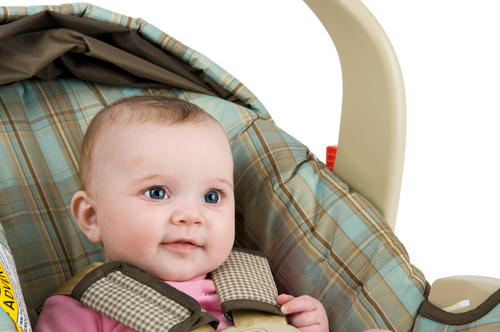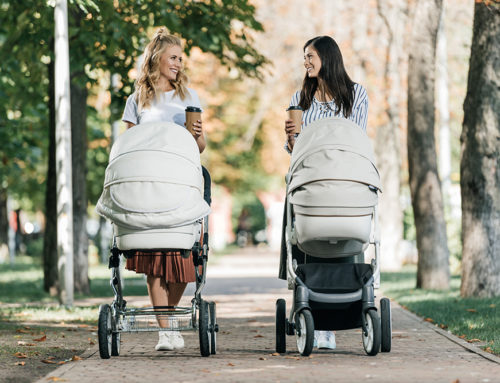_x000D_
As a new parent, you quickly learn most of the ins and outs of caretaking via on-the-job training, so to speak. But if there’s one area that can boggle the minds of even the most prepared parents, it’s the entire car seat experience. From how to install an infant car, to when upgrade to a booster seat, the process can be a bit overwhelming.
In honor of National Baby Safety Month, safety experts discuss how to handle the entire car seat experience like a professional, so you can keep your baby safe while on the go.
The Right Fit
When shopping for a car seat, keep in mind that while there are a myriad of different styles from which to choose, each of these models is required to meet federal safety standards. If you have an opportunity to demo a floor model, it’s a good way to see if it meets your needs. “Make sure you feel comfortable with the way the seat adjusts, fits in the vehicles in which it will be used, and of course, that is the appropriate seat for your child’s size, age and your lifestyle,” says Stephanie Tombrello, executive director, Safety Belt USA, a child passenger safety advocacy group (www.carseat.org).
For infants heading home from the hospital, you will need a rear-facing car seat for safe transport. But installing these seats can be easier said than done, and in some cases, may be done incorrectly. According to a recent study from the National Highway Traffic Safety Administration (NHTSA), while most parents felt confident in their abilities, 59 percent did not properly install their child’s safety seat.
During this year’s annual Child Passenger Safety Week (CPSW) (September 13-19, 2015), parents can speak with local Certified Child Passenger Safety Technicians on-hand to provide education on how to use car seats, booster seats, and seat belts for children. “Technicians can also help educate consumers about choosing the right car seat for their child, the importance of registering car seats with the manufacturer, and what to expect if the seat is subject to a safety recall,” says José Uclé, an NHTSA spokesperson. For information on where to locate participating safety technicians in your area, visit: http://www.safercar.gov/cpsApp/cps/index.htm. And for additional tips on installation, visit www.safercar.gov.parents/CarSeats/Car-Seat-Safety.htm.
As your baby grows, you will need to determine if he has outgrown his seat. While experts agree that rear-facing is safest, not all car seats may adequately accommodate a child’s weight and height. Tombrello offers a helpful rule of thumb: “If there is less than an inch of plastic above the child’s head in the rear-facing position, either move to a rear-facing convertible seat or turn the convertible seat forward,” she advises. “Look at the top weight and head position for the main clues of timing for a change.”
And for when your child has outgrown his forward-facing harness seat, consult the car seat’s weight requirements or note if his shoulders are above the highest set of harness slots or are above the highest level to which the harness can be raised.
Safe Travels
When you are out and about with your little one, your baby will still require a safety seat, whether traveling in a taxicab or on a plane. If you live in an urban area and frequent public transportation or cabs, Tombrello suggests investing in a seat that is easy to use when walking and riding. When traveling by plane, use an aircraft-certified safety seat. “Not only does it protect the baby on board, but it prevents lose and damage to a safety seat in transit,” she notes. For booster-age children, she recommends taking the car seat base in your carry-on luggage and packing the back in a suitcase.
As a general rule of thumb, be sure to register your car seat either online via the car seat manufacturer’s website or at www.safercar.gov/parents. Be sure to have the model number and date of manufacture, which can be found on the label of your car seat. This way, you can be notified if a recall occurs.
_x000D_
_x000D_




